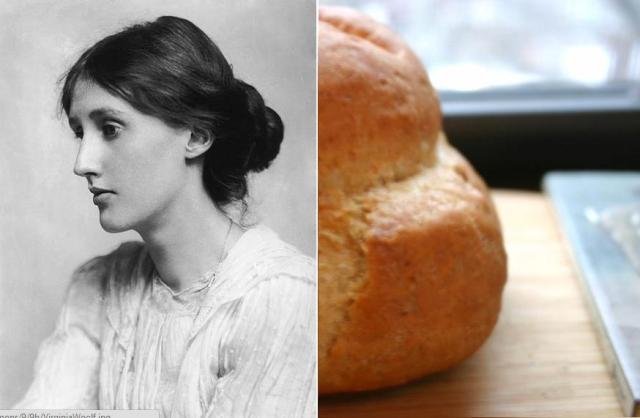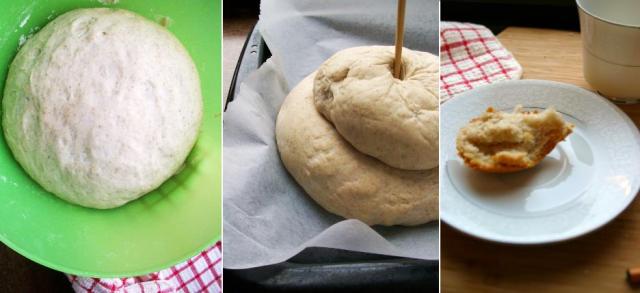With every new year, I find myself going back to bread. It’s the opposite of what we’re “supposed” to do in January; I should be telling you about a new energizing juice cleanse. But if we diet to restore the body, we bake to restore the spirit, cultivating the qualities we wish to embody throughout the year: the determination to begin, the self-assuredness to knead the dough, the resourcefulness to change course if it goes awry, the patience as it rises, the patience as it cooks, the patience as it cools.
“I went to the woods because I wished to live deliberately,” Henry David Thoreau wrote about his two years on Walden Pond. He wasn’t referring to bread specifically, but baking requires a calmness, a deliberateness of the mind. No wonder it was one of the writer’s preferred ways to spend a day. As he wrote in Walden, “I like best the bread which I have baked, the garment which I have made, the shelter which I have constructed, the fuel which I have gathered.”
Thoreau’s tiny cabin was an early version of America’s Test Kitchen: The writer ran hundreds of little experiments on his bread recipe, borrowing local Native American techniques and even going back to Roman times for tips. Hoping to save on the cost of yeast, he dug up Cato the Elder’s unleavened recipe: “Put the meal into the trough, add water gradually, and knead it thoroughly. When you have kneaded it well, mould it, and bake it under a cover.” Bread hasn’t changed much since (although our instructions are decidedly longer).
Although Thoreau baked year-round, it was in the dark New England winters when he gave it special care. “In cold weather it was no little amusement to bake several small loaves … tending and turning them.” Baking helped counteract the mental freeze that came with the cold. “Our thoughts and sentiments answer to the revolution of the seasons,” he wrote in his journal. “Now I am ice, now I am sorrel.” We can’t be sorrel—vivacious and fresh—the whole year. But we can be warm, calm, comforting. We can be bread.
Almost as if anticipating the current assault on carbs, Thoreau’s passionate defense of his favorite food resonates today as it did in that small cabin. “Bread may not always nourish us; but it always does us good, it even takes stiffness out of our joints, and makes us supple and buoyant, when we knew not what ailed us, to recognize any generosity in man or Nature, to share any unmixed and heroic joy.”
Continue reading “Henry David Thoreau: Hazelnut Raisin Bread”







